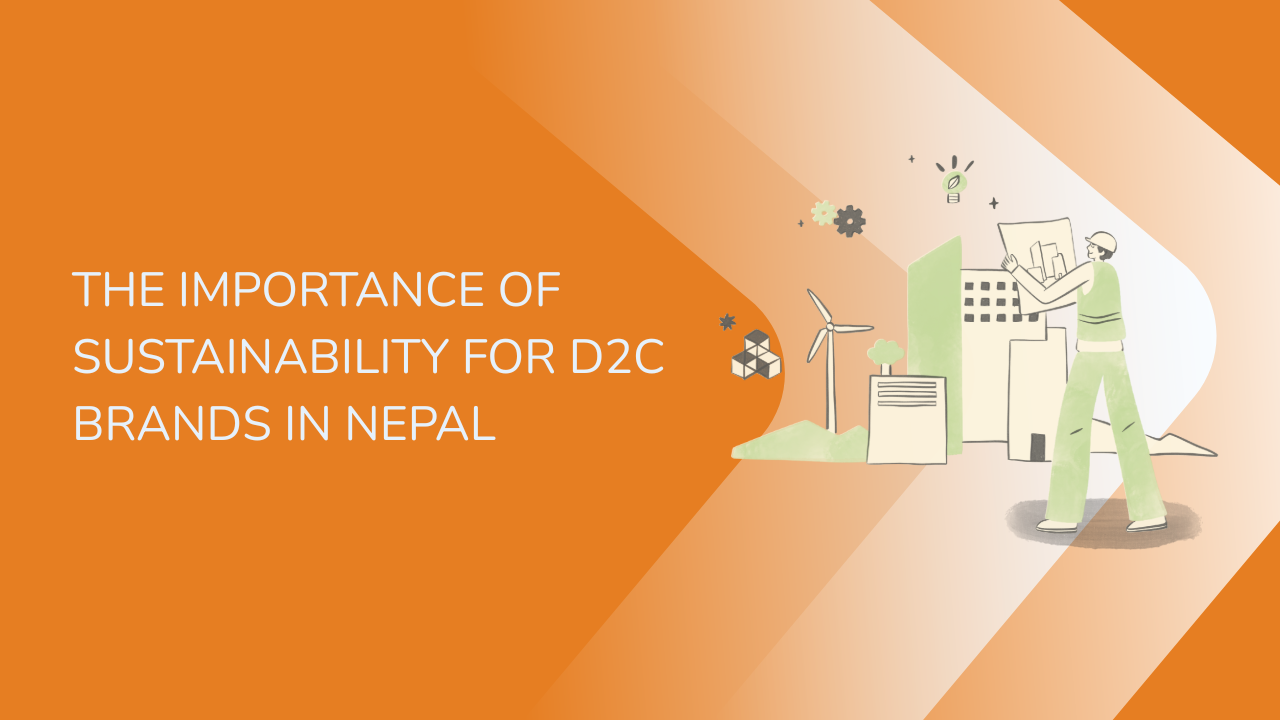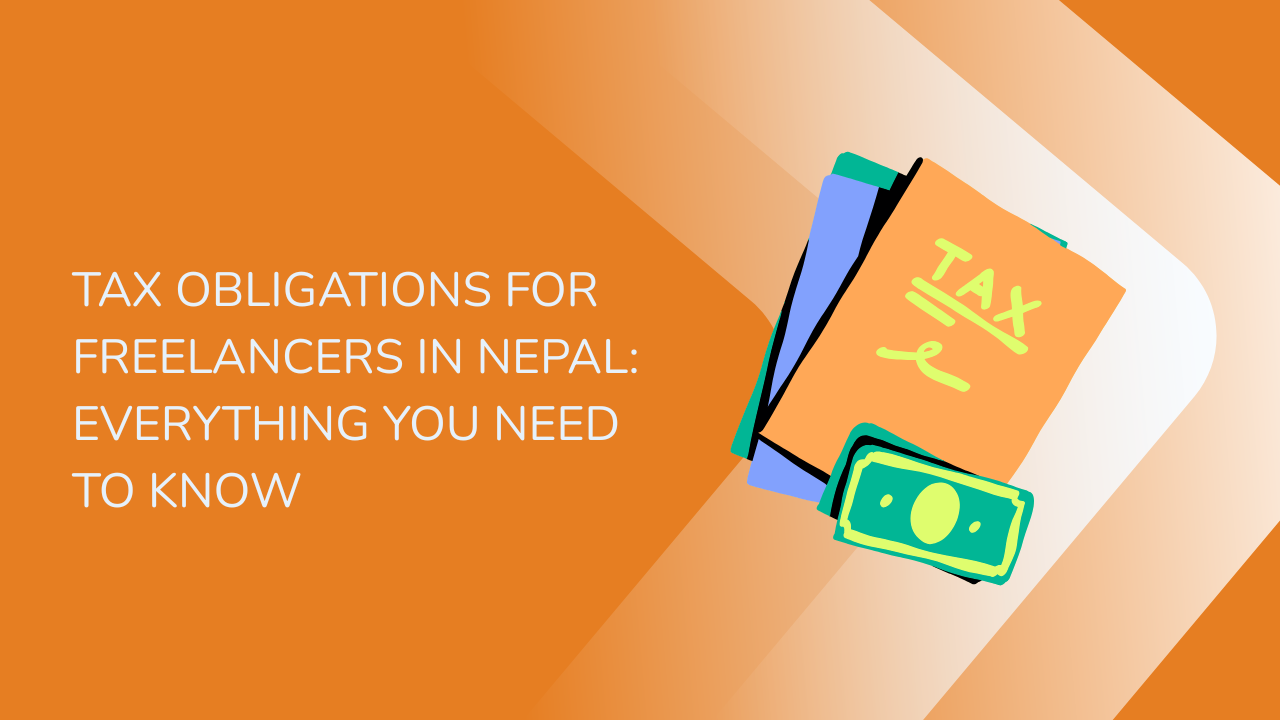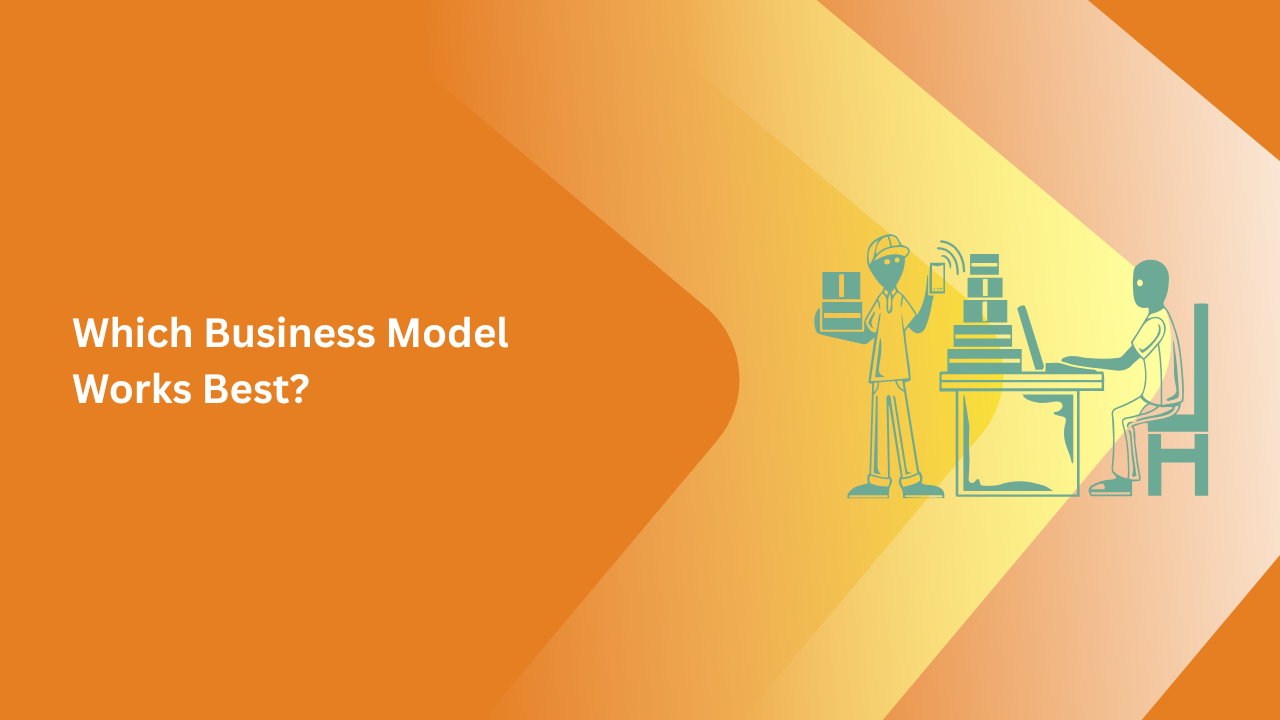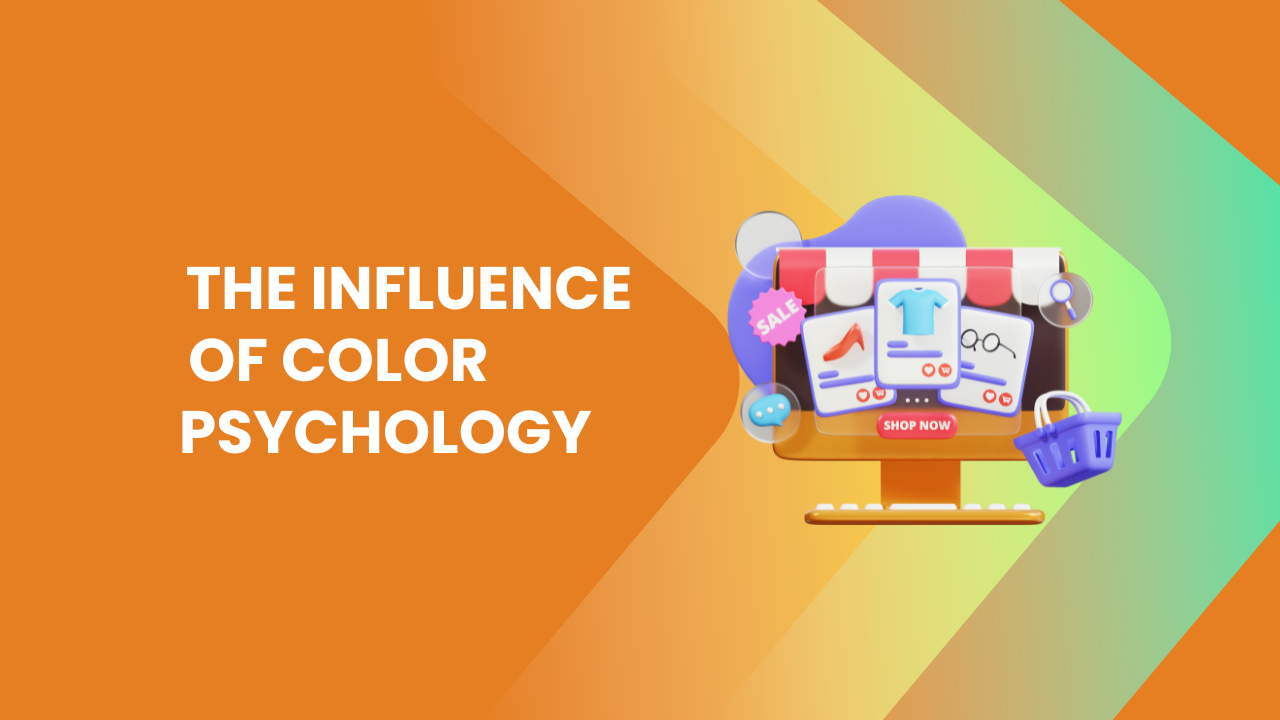Share this Article
Introduction
For entrepreneurs entering the e-commerce world, choosing the right business model is crucial for long-term success. Two of the most popular models are dropshipping and private labeling—each with its own advantages and challenges. This guide provides a comprehensive comparison of both approaches, covering key aspects such as cost, control, branding, profit potential, and scalability to help you determine the best fit for your business.
1. Understanding Dropshipping
Dropshipping is an order fulfillment method where an online retailer does not hold inventory. Instead, when a customer places an order, the supplier ships the product directly to the buyer. This model minimizes upfront investment and eliminates the need for warehousing.
Pros of Dropshipping
- Low Startup Costs: No need to purchase inventory upfront.
- Minimal Overhead: No storage or warehouse expenses.
- Wide Product Selection: Ability to test multiple products without financial risk.
- Location Independence: Run the business from anywhere with an internet connection.
Cons of Dropshipping
- Lower Profit Margins: Since suppliers handle fulfillment, product costs are often higher.
- Limited Control: Quality control, shipping times, and branding depend on the supplier.
- High Competition: Many sellers may offer the same products, reducing differentiation.
- Risk of Supplier Issues: Stock availability and shipping delays can impact customer satisfaction.
2. Understanding Private Labeling
Private labeling involves selling products manufactured by a third party but under your own brand name. This approach provides greater control over product quality, branding, and pricing.
Pros of Private Labeling
- Brand Control: Custom packaging and labels enhance brand recognition.
- Higher Profit Margins: Ability to set premium pricing due to product differentiation.
- Exclusive Product Line: Less direct competition compared to dropshipping.
- Better Quality Assurance: Greater influence over production and quality standards.
Cons of Private Labeling
- Higher Upfront Investment: Requires initial capital for inventory and branding.
- Storage and Fulfillment Costs: Need to manage inventory or outsource fulfillment.
- Longer Lead Times: Custom production can take weeks or months.
- Risk of Unsold Inventory: Potential financial loss if products do not sell well.
:3. Which Model Is Best for You?
The best choice depends on your business objectives, budget, and risk tolerance.
- Choose Dropshipping If:
- You want a low-risk way to start an online business.
- You have limited startup capital.
- You prefer a hands-off approach to fulfillment.
- You are testing multiple product niches before committing.
- Choose Private Labeling If:
- You aim to build a strong brand with loyal customers.
- You are willing to invest in product development and inventory.
- You want better control over pricing and product differentiation.
- You are prepared to handle or outsource fulfillment logistics.
4. Hybrid Approach: Combining Both Models
Some entrepreneurs successfully blend both models, using dropshipping to test products before transitioning to private labeling for bestsellers. This approach minimizes risk while allowing for brand growth.
Conclusion
Both dropshipping and private labeling offer unique advantages, making them viable options depending on your business strategy. Dropshipping is ideal for beginners seeking a low-cost entry into e-commerce, while private labeling is better for those looking to establish a long-term brand presence. By carefully evaluating your goals, financial resources, and competitive landscape, you can select the best model to build a successful online business.
Categories:
Platform Features & Updates
Tags:
BrandingVsMargins







